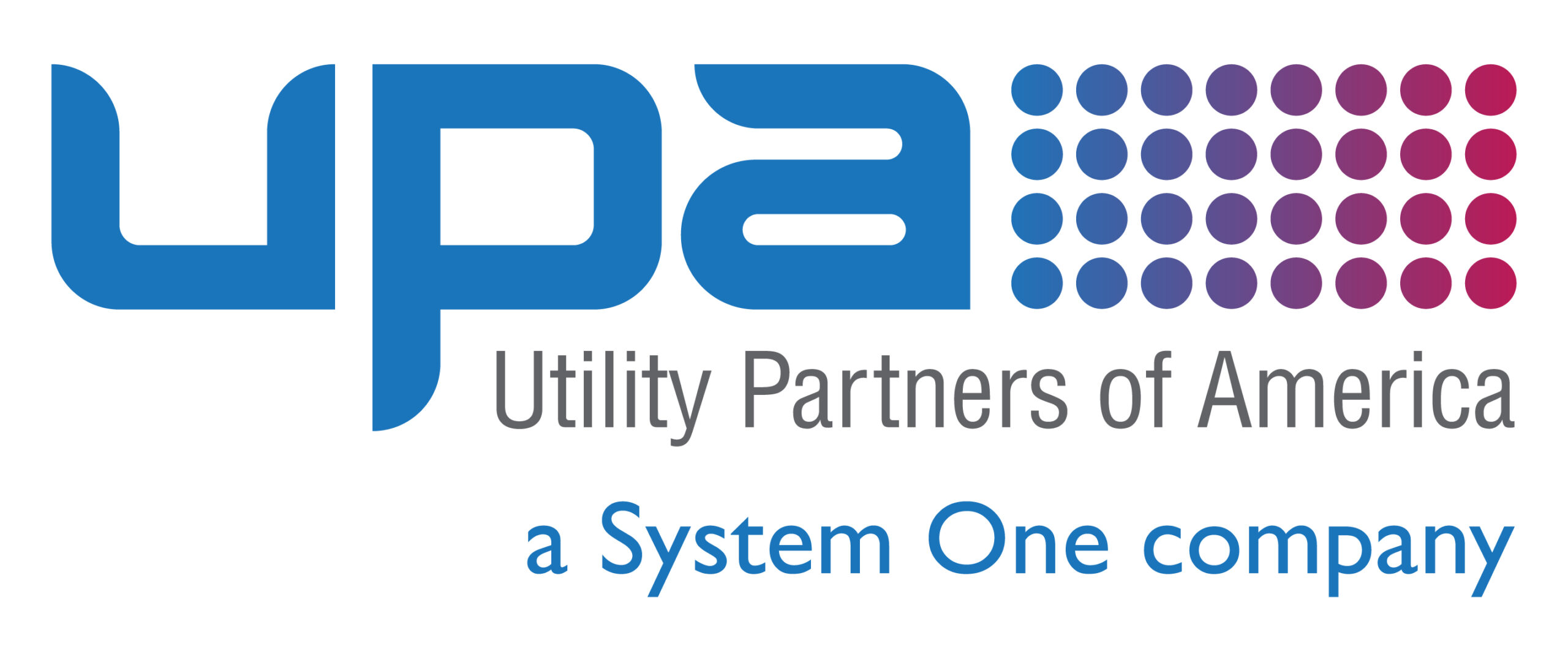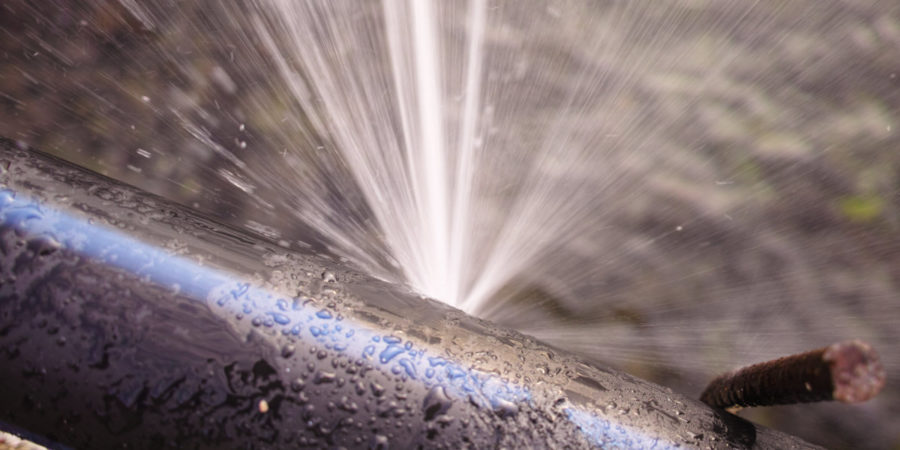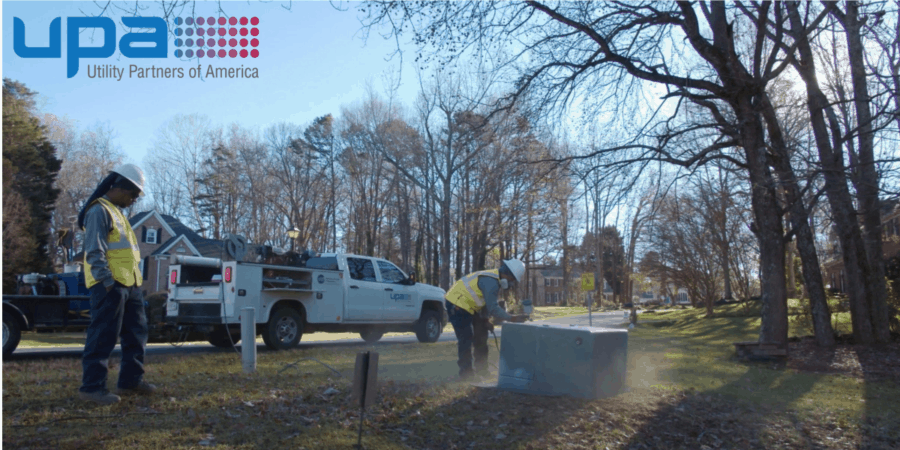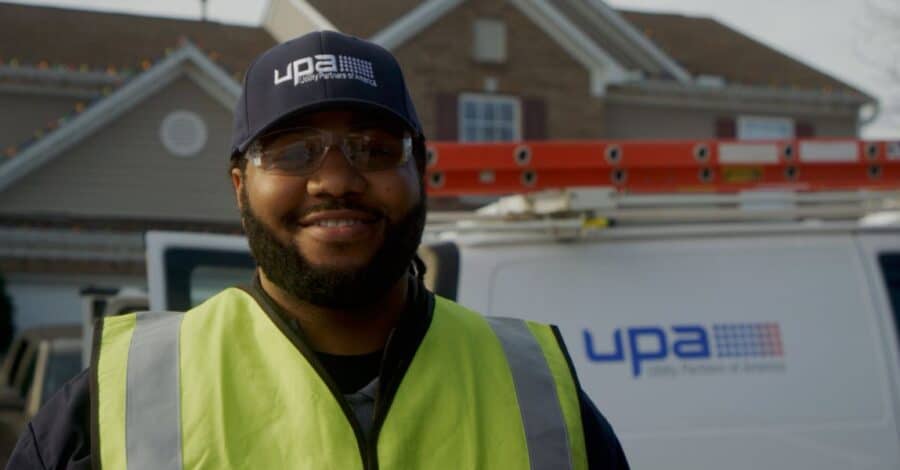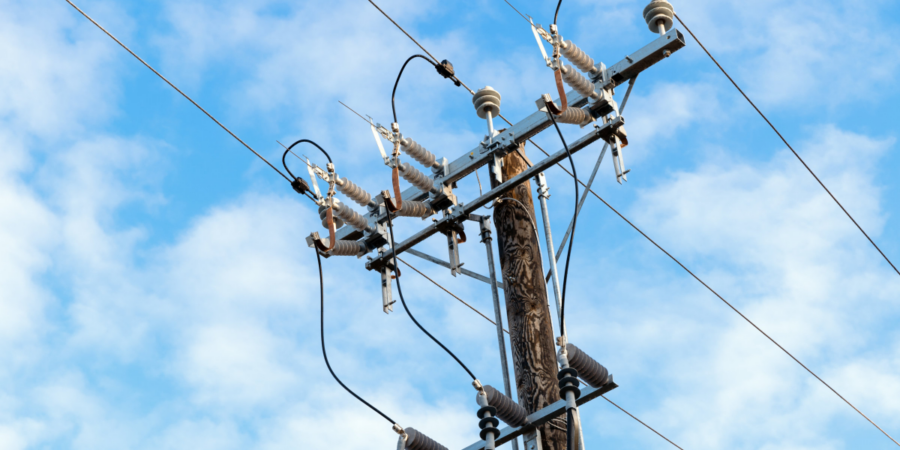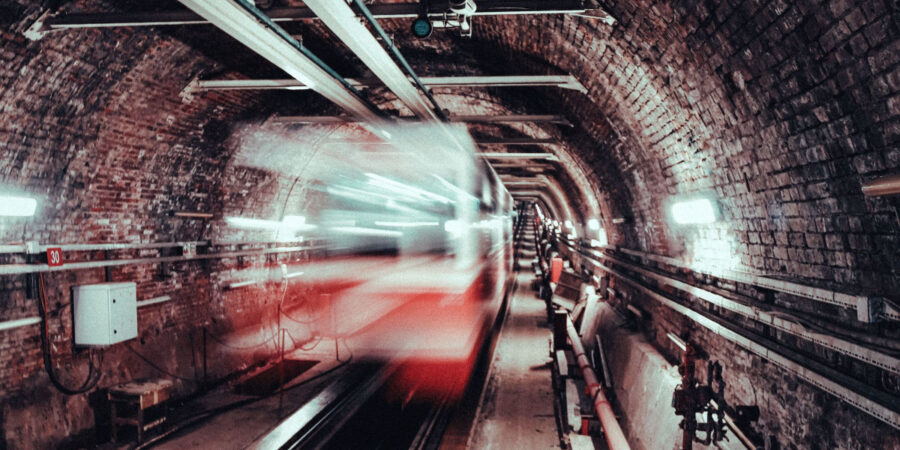Leak Detection Part One: Water
While there’s much to debate about what the future of utilities looks like, one thing that’s universally clear is this: current infrastructure is aging rapidly. While utility companies have done an admirable job to replace and repair, ongoing deterioration can have a considerable impact on key performance indicators like revenue and service disruptions.
One telltale sign of infrastructure deterioration presents itself in the form of leaks. We’ve developed a two-part series dedicated to just that. Taking a closer look at what’s being done with leak detection. Reporting on topics like signs of a leak, what can happen if there’s a prolonged undetected leak, and how to inform customers about a leak in their area. Read on as we start with water leaks and why water utilities should invest in leak detection services, and stay tuned for part two on gas. (more…)
